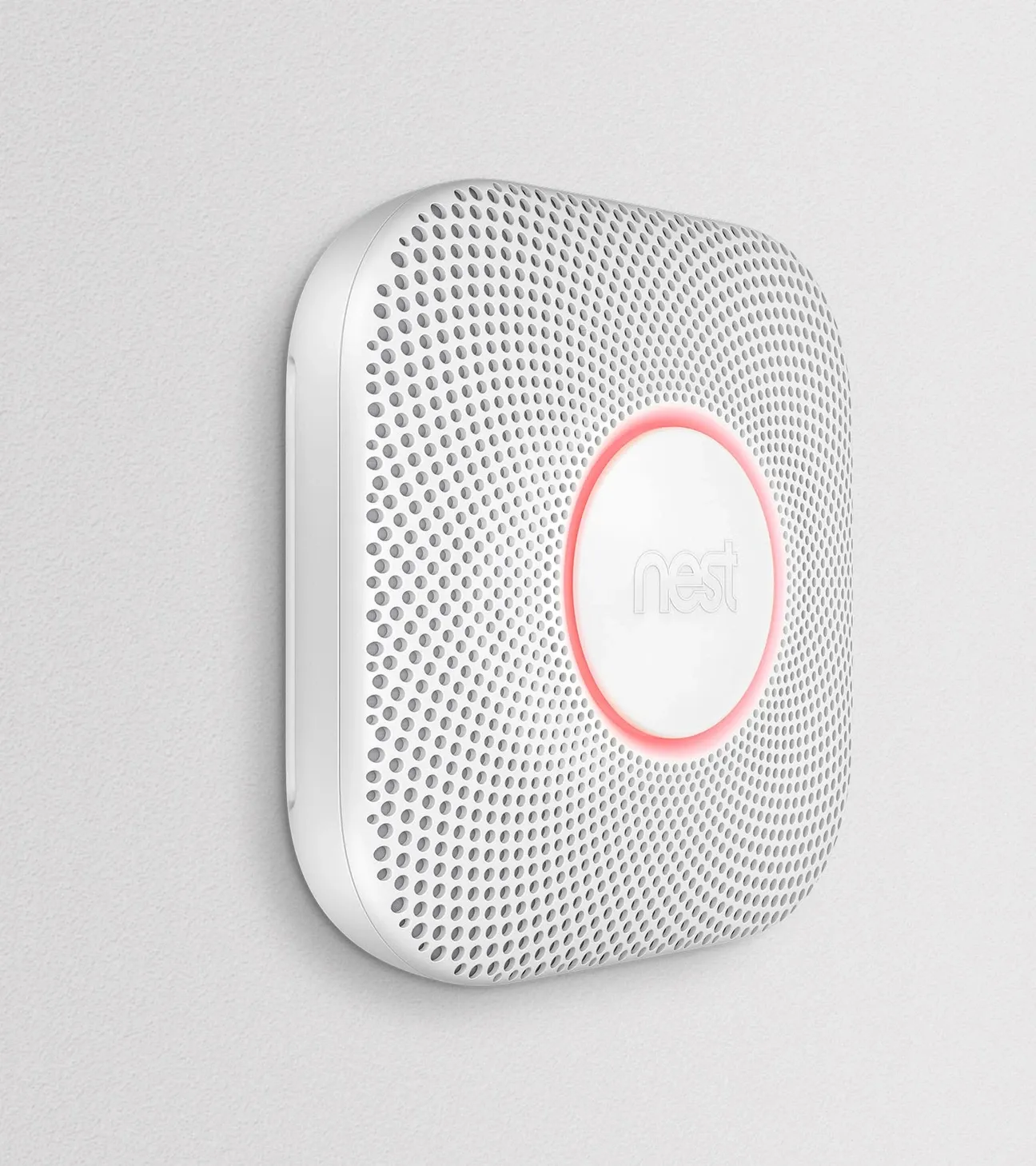The recent announcement by Google Nest to discontinue several long-standing smart home devices has sent ripples through the tech community. The decision to end production on the Nest Protect and Nest x Yale Lock has left users wondering about Google's commitment to the smart home space. However, reassurances from Google Nest indicate that this move is not a retreat but rather a strategic step towards innovation and future growth.
Google Nest's decision to discontinue these devices comes as part of a broader strategy to refine its product portfolio. Despite ending support for some older devices like the Nest Secure, which includes the Nest Guard and other associated security devices, Google is emphasizing its ongoing investment in new technologies. This includes recent releases such as the 4th-gen Nest Learning Thermostat and the Google TV Streamer, highlighting Google's continued focus on integrating entertainment and smart home functionalities seamlessly.
Understanding the Shift in Google Nest's Strategy
Google Nest's recent moves are part of a larger reorientation within the company, aimed at optimizing their offerings to better align with current market trends and technological advancements. The discontinuation of the Nest Protect and Nest x Yale Lock, both of which have seen limited updates in recent years, allows the company to concentrate on more forward-thinking projects.
While the discontinuation might initially suggest a pullback from hardware, Google is actively signaling that more smart devices are on the horizon. This includes potentially revamped smart speakers and smart displays, which have not seen updates since 2020 and 2021, respectively[2][3]. The integration of the Google Gemini technology into these devices could be a significant factor in their development, enhancing user experience with more intelligent voice assistant capabilities.
The Future of Smart Home Tech
As the smart home industry continues to evolve, the integration of IoT devices, voice assistants (like Alexa and Google Assistant), and innovative technologies such as Google Gemini will play crucial roles. Google's future devices are expected to be highly integrated with these technologies, providing users with seamless home automation experiences.
- Smart Lighting Systems: These systems, often integrated with Philips Hue or LIFX bulbs, allow users to control lighting brightness and color dynamically, enhancing the overall ambiance of their homes.
- Smart Thermostats: Devices like the Nest Learning Thermostat optimize energy usage by learning and adapting to the user's schedule and preferences.
- Video Doorbells: Devices such as the Nest Doorbell offer motion detection capabilities, providing an additional layer of home security.
- Robot Vacuums: Models like those from iRobot and Eufy make home cleaning easier with autonomous vacuuming capabilities.
Preparing Your Smart Home for the Future
In the face of these changes, consumers can prepare their homes by embracing newer technologies and devices. Here are a few strategies to future-proof your smart home:
Invest in Versatile Devices: Opt for devices that are compatible with multiple platforms, such as those that work with both Google Home and Amazon Alexa. This ensures flexibility in case of future shifts in the ecosystem.
Stay Informed: Keep abreast of the latest developments in smart home technology. This includes updates on new devices and software advancements that could integrate seamlessly into your existing setup.
Focus on Energy Efficiency: Incorporating devices like smart thermostats and smart plugs can help reduce energy consumption, aligning with the green living movement and potentially lowering utility bills.
Enhance Security Measures: Implementing smart locks and smart cameras can significantly boost home security, providing real-time monitoring and alerts.
Embracing a Transitional Phase
This pivotal moment in the smart home ecosystem can be seen as a period of bracing—an intentional pause before major change. As Google ditches older models and prepares for the next wave of releases, users are encouraged to reassess their home setups. Transitioning smart home users will find that this phase offers an opportunity to evaluate which products offer the most long-term value.
Companies across the sector are bracing for a new era of home automation, in which integration, intelligence, and adaptability are key. Google’s strategy ditches outdated designs not to retreat, but to clear the path for streamlined, AI-enhanced systems that can more effectively serve modern households. The smart home of tomorrow isn't just connected—it’s adaptive, predictive, and context-aware.
Conclusion
Despite the discontinuation of beloved Nest devices, Google Nest's commitment to the smart home space remains strong. The promise of new, Gemini-powered devices on the horizon suggests that users can expect more innovative and integrated smart home solutions in the future. As the smart home landscape continues to evolve, embracing these changes and staying adaptable will ensure that your home remains ready for what's next in smart home technology.
By focusing on emerging technologies and maintaining a flexible approach to home automation, you can ensure a seamless transition into the future of smart living. Whether you're integrating new smart speakers or upgrading to a smart lighting system, keeping your home equipped with the latest innovations will be key to maximizing the benefits of smart home living.
In the end, the future of smart homes will be shaped not just by the devices themselves but by how effectively they integrate with other aspects of our lives, from energy efficiency to entertainment, making our homes more connected, convenient, and secure than ever before.
